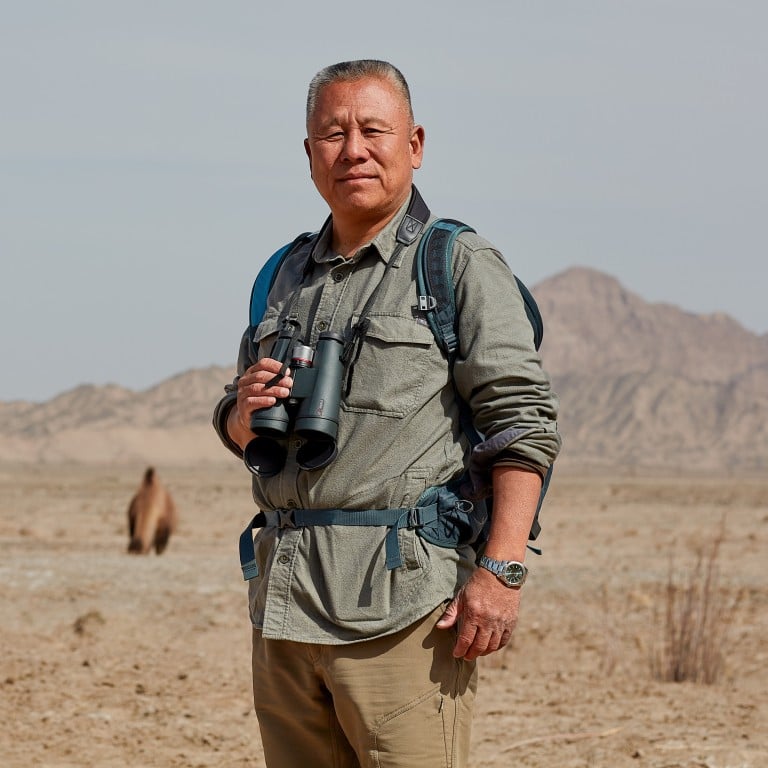Meet the first Rolex Award for Enterprise laureate from China: Liu Shaochuang is using the technology he developed for the country’s lunar rovers to protect endangered wild camels in the Gobi Desert

- The four other laureates for the year 2023 are Denica Riadini-Flesch, Beth Koigi, Inza Koné and Constantino Aucca Chutas; 160 laureates have been named since 1976
- Estimates show that there are fewer than 1,000 wild camels in the world, and the award will go towards 40 new satellite trackers and the creation of 2 new conservation zones
Swiss luxury watchmaker Rolex recently honoured Liu Shaochuang, a visionary who uses remote sensing to save wild camels from extinction, with a coveted Rolex Award for Enterprise.
This accolade, a first for a mainland Chinese national, falls under the Rolex Perpetual Planet Initiative that supports individuals and organisations committed to safeguarding the planet.
Liu is one of five laureates receiving awards for the year 2023, among 160 laureates since the programme’s launch in 1976.

The award ceremony – held last Thursday on February 22 in Beijing – not only spotlighted Liu’s groundbreaking work, but was also a beacon of inspiration for the conservation professionals and university students who were present at the event.
At 61, Liu has been at the forefront of technological advancement during his career. Having helped develop the navigation systems for China’s lunar and Mars rovers, he realised that space technology could also be used to monitor the scattered wild camel herds throughout the Gobi Desert, while testing a prototype of the lunar rover Yutu-3 there in 2011.

Listed by the International Union for Conservation of Nature as critically endangered, fewer than 1,000 wild camels are estimated to be in the world today. Research on the species was previously done only through human observations of their droppings and hoof prints, which was time-consuming and less effective.
Using satellite tracking on wild camels and remote sensing to detect their habitats, Liu has been able to forecast how climate change will affect wild camels through data and custom-built models, turning a reactive research process into a proactive one.